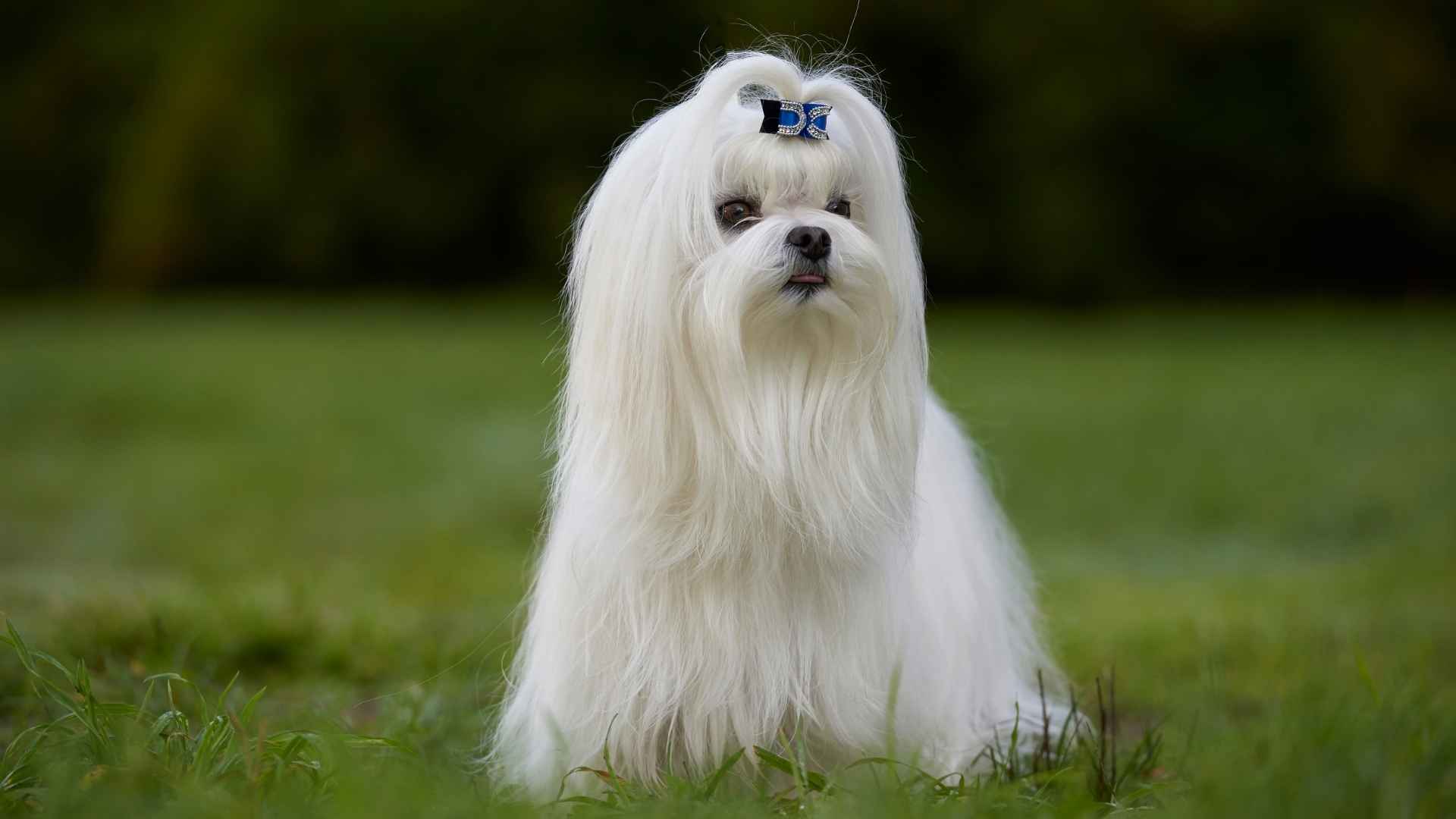“Cleanliness is not next to godliness. It is godliness.” That quote might be dramatic, but if you’ve ever owned a particularly smelly dog, you might agree.
While some people embrace the scent of “wet dog” like it’s a badge of honor, others find themselves lighting candles, cracking windows, and constantly washing bedding. The truth is, not all dogs are built the same.
Some breeds are naturally low-odor. They don’t slobber on your clothes. They don’t leave their scent behind on furniture. Their coats stay fresher longer, and their paws don’t stink up the room.
If you’re someone who values both companionship and cleanliness, the breed you choose makes a huge difference. You don’t have to settle for a smelly pup just to get a loyal friend.
This guide highlights the cleanest, least smelly dog breeds—perfect for those who love dogs but not the mess that sometimes comes with them.
Least Smelly Dog Breeds
1. Poodle

Poodles have dense, tightly curled hair that doesn’t hold odor the way oily double coats do. Their low-shedding coat structure reduces the buildup of oils that can trap smells. Regular grooming keeps the coat fresh and less prone to collecting outdoor residue.
Skin Health and Oil Balance
The breed is known for balanced skin oils, which makes them less prone to producing a strong doggy smell. Their skin remains clean longer between baths due to minimal oiliness. This also lowers the chances of unpleasant odor caused by environmental triggers.
Allergy-Friendly Traits
Poodles are often preferred by people sensitive to pet dander due to their coat’s unique texture. The hair traps loose particles, reducing what ends up in the air or on surfaces. This adds to their reputation as a cleaner indoor companion across all sizes.
After-Bath Cleanliness
Even after getting wet, the Poodle dries faster and cleaner than many breeds due to its coat structure. That helps prevent the lingering wet dog odor that can come from moisture trapped in thick undercoats. The airflow through their curls aids quick drying.
2. Italian Greyhound
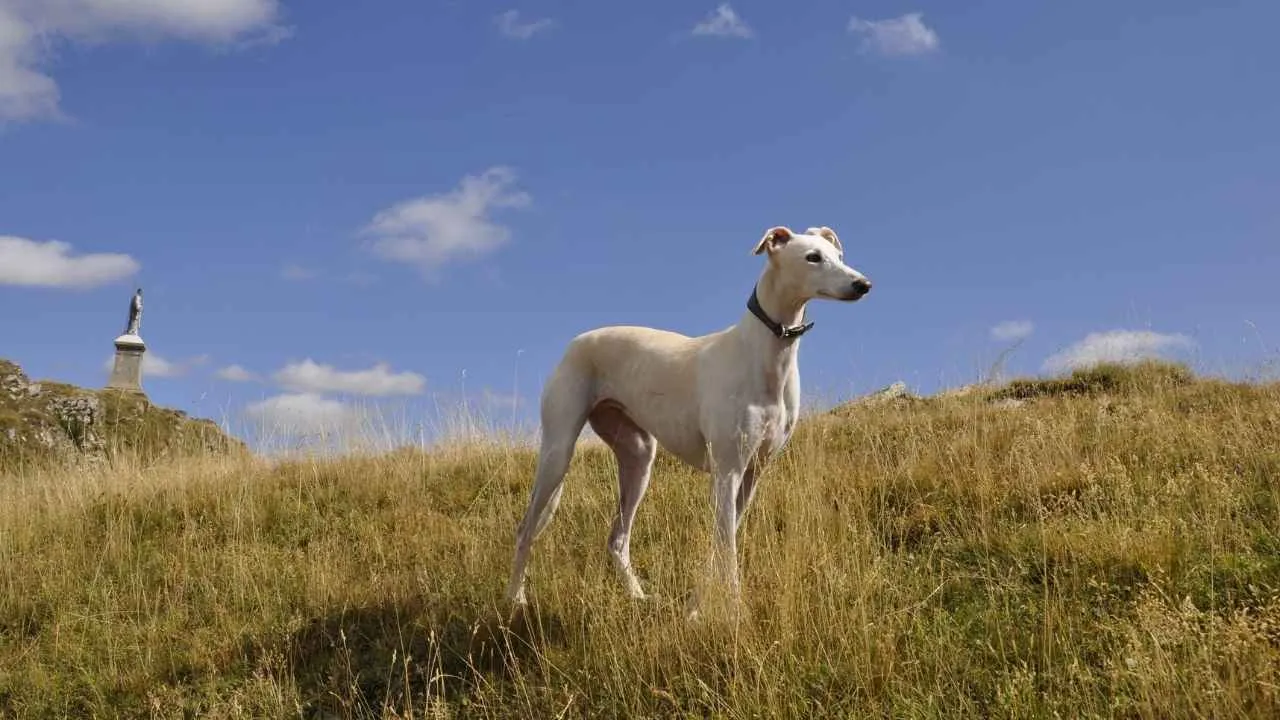
The Italian Greyhound has thin skin and minimal body oils, which significantly lowers odor buildup. Their clean-feeling coat doesn’t trap dirt as easily as heavier-coated breeds. With less oil, the skin stays fresher between washes and rarely develops a strong dog smell.
Coat Texture and Shedding
This breed’s fine, short coat is often compared to human hair due to its texture and softness. It sheds lightly and doesn’t cling to surfaces or trap odors indoors. The smooth coat also allows quicker cleanup and less scent retention after outdoor play.
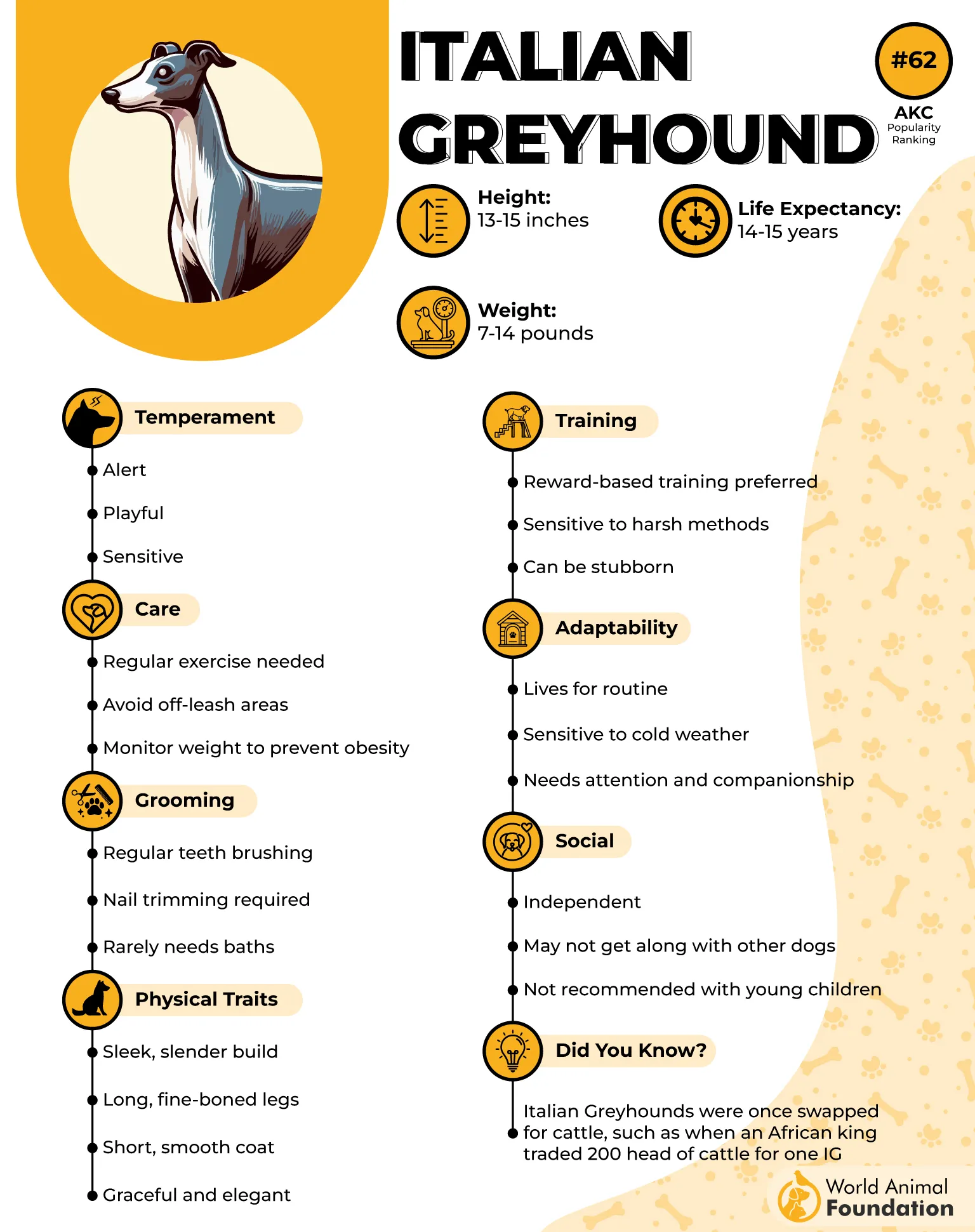
No Damp Undercoat Issues
Italian Greyhounds don’t have a dense undercoat, so moisture doesn’t stay trapped close to the skin. That reduces the chance of musty smells after walks in humid or rainy weather. Quick drying also helps prevent skin irritation and bacterial buildup.
Indoor Living Compatibility
Their low-maintenance coat and low odor level make them ideal for indoor life, especially for people sensitive to certain dog breeds, as stated in PetMD. They groom themselves frequently, similar to cats, keeping their fur and scent profile consistently mild.
3. Maltese
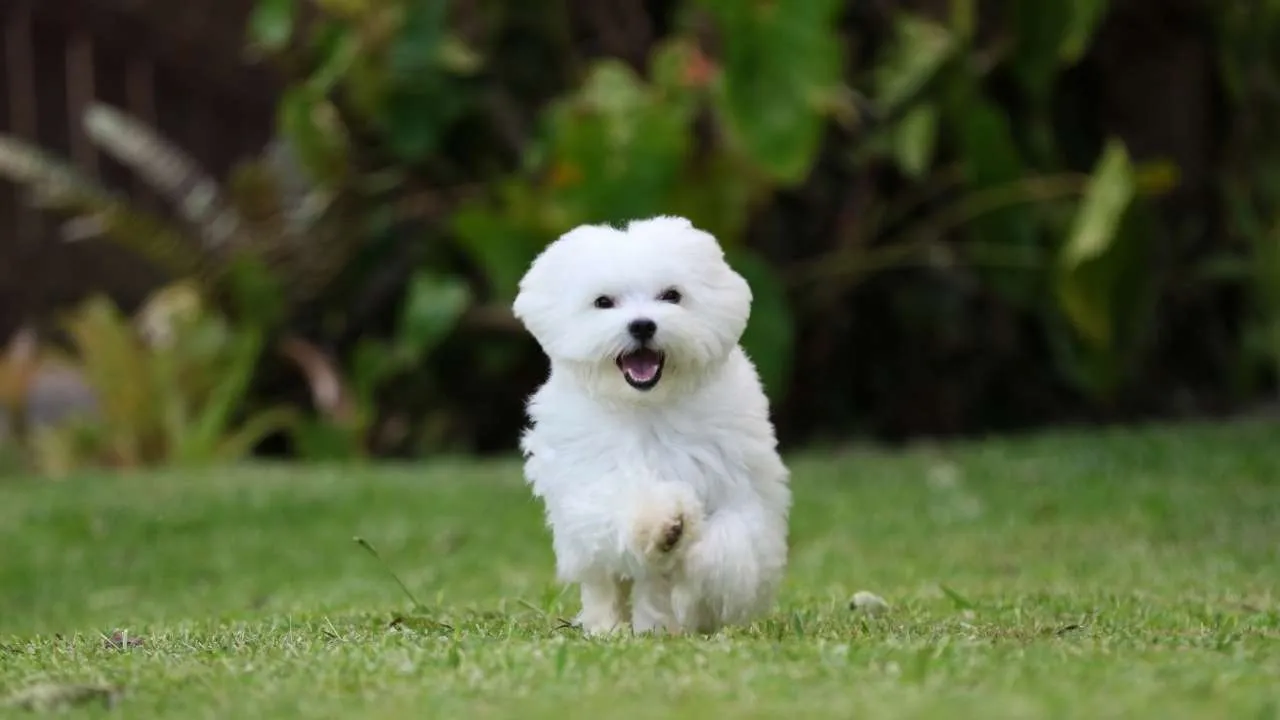
The Maltese has a long, silky single-layer coat that doesn’t hold oils or dirt as easily as thicker-coated dogs. This reduces the buildup that leads to odor. Their hair structure plays a direct role in keeping their scent minimal over longer periods.
Skin Cleanliness and Air Flow
They have relatively clean, well-ventilated skin due to their coat allowing airflow. This helps regulate temperature and moisture, which limits bacterial growth. Even after activity, they often remain fresher than many other breeds of similar size.
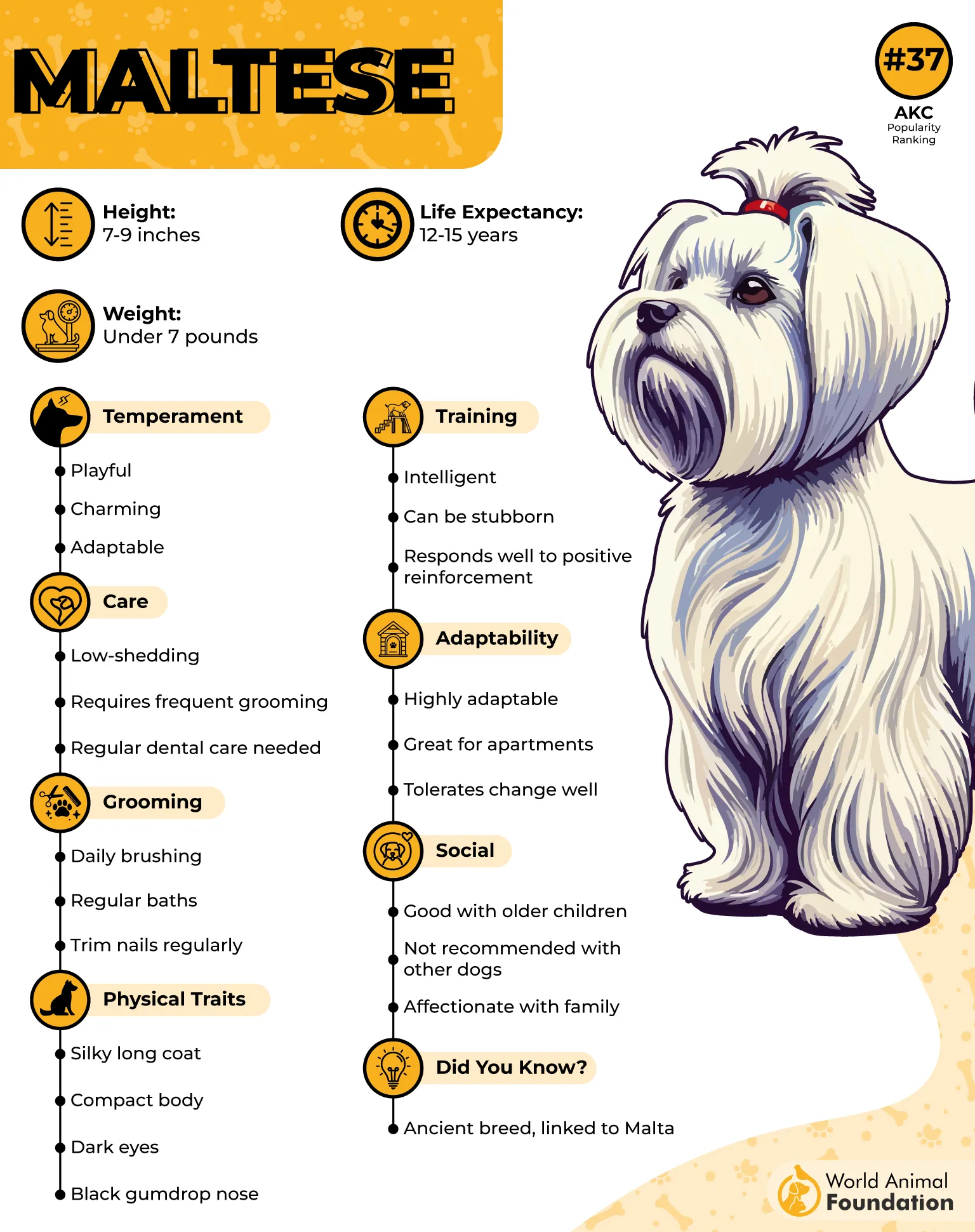
Bathing and Grooming Compatibility
Regular grooming with light shampoos supports the Maltese’s naturally odor-free reputation. Their coat doesn’t trap much debris or moisture, making care easier. Even occasional baths maintain freshness without over-washing the skin barrier.
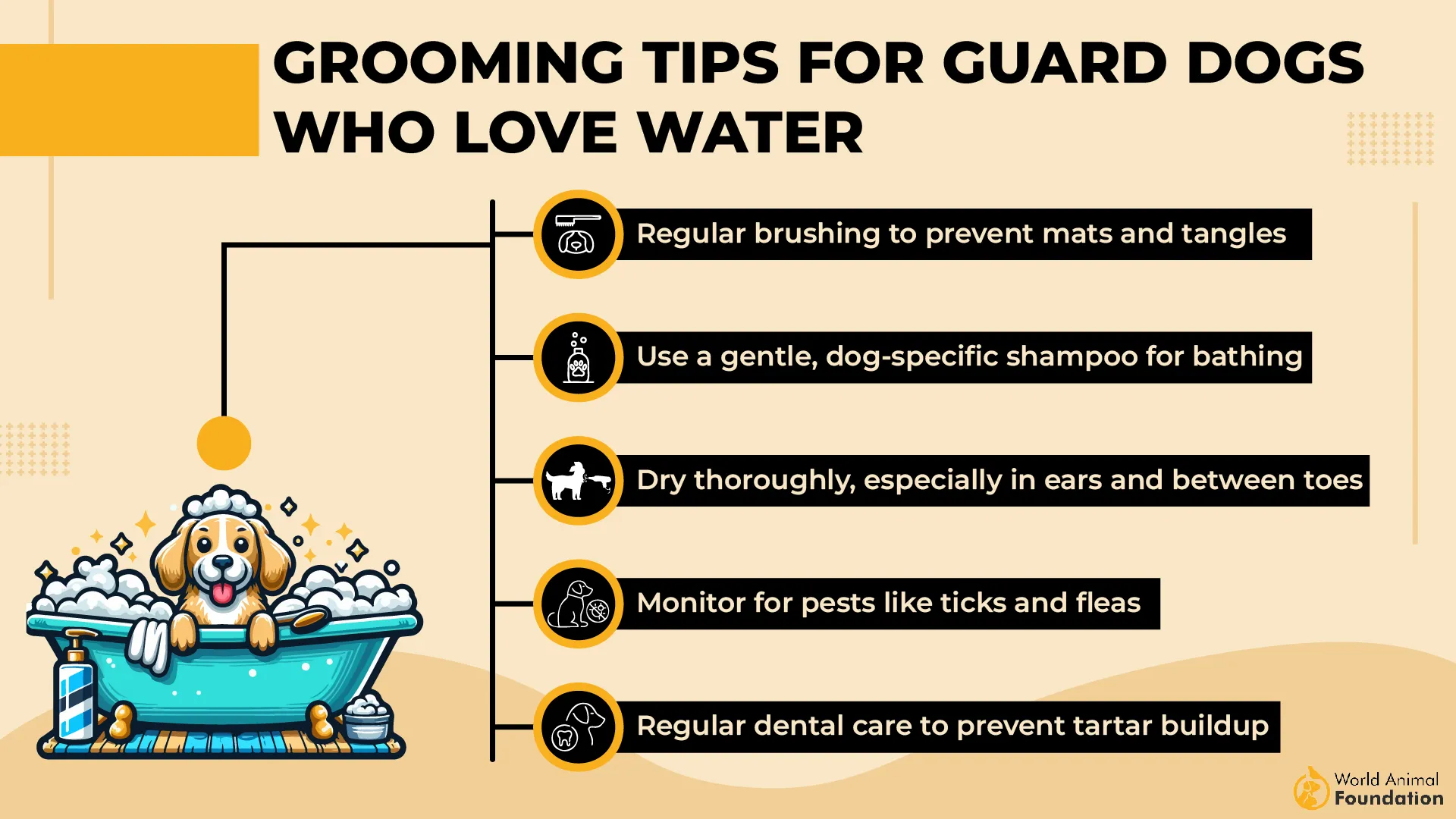
Post-Bath Freshness
Unlike breeds with dense undercoats, the Maltese dries quickly and rarely holds onto that lingering wet dog smell. Their coat fibers allow water to pass through without getting trapped. This helps preserve their clean scent after a simple towel dry.
4. Havanese
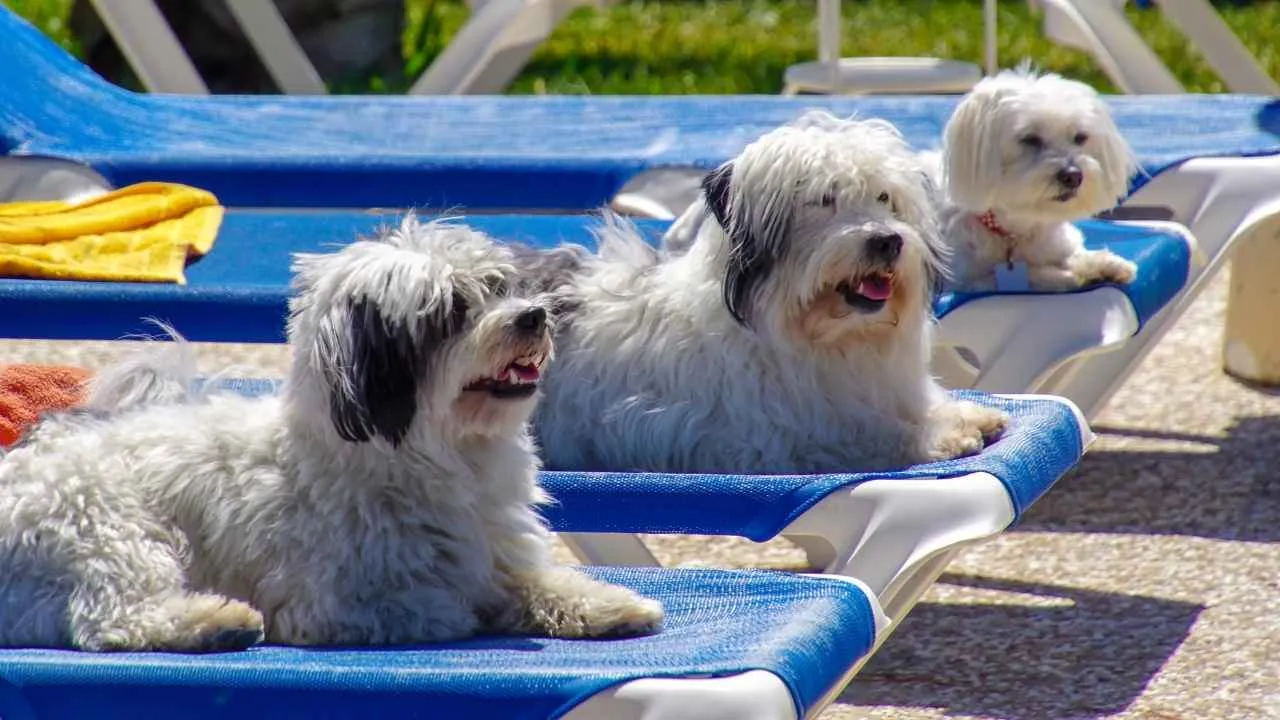
The Havanese coat lacks the oily texture found in breeds prone to strong doggy odor. Its silky hair traps fewer scent particles and stays cleaner between washes. Routine brushing keeps the coat light, fresh, and less likely to absorb surrounding smells.
Skin and Coat Maintenance
With healthy skin and balanced oil production, this breed is not prone to odor-causing buildup. Havanese don’t require frequent bathing to stay clean, which also helps preserve coat quality. Their grooming needs are simple but important for keeping smells away.
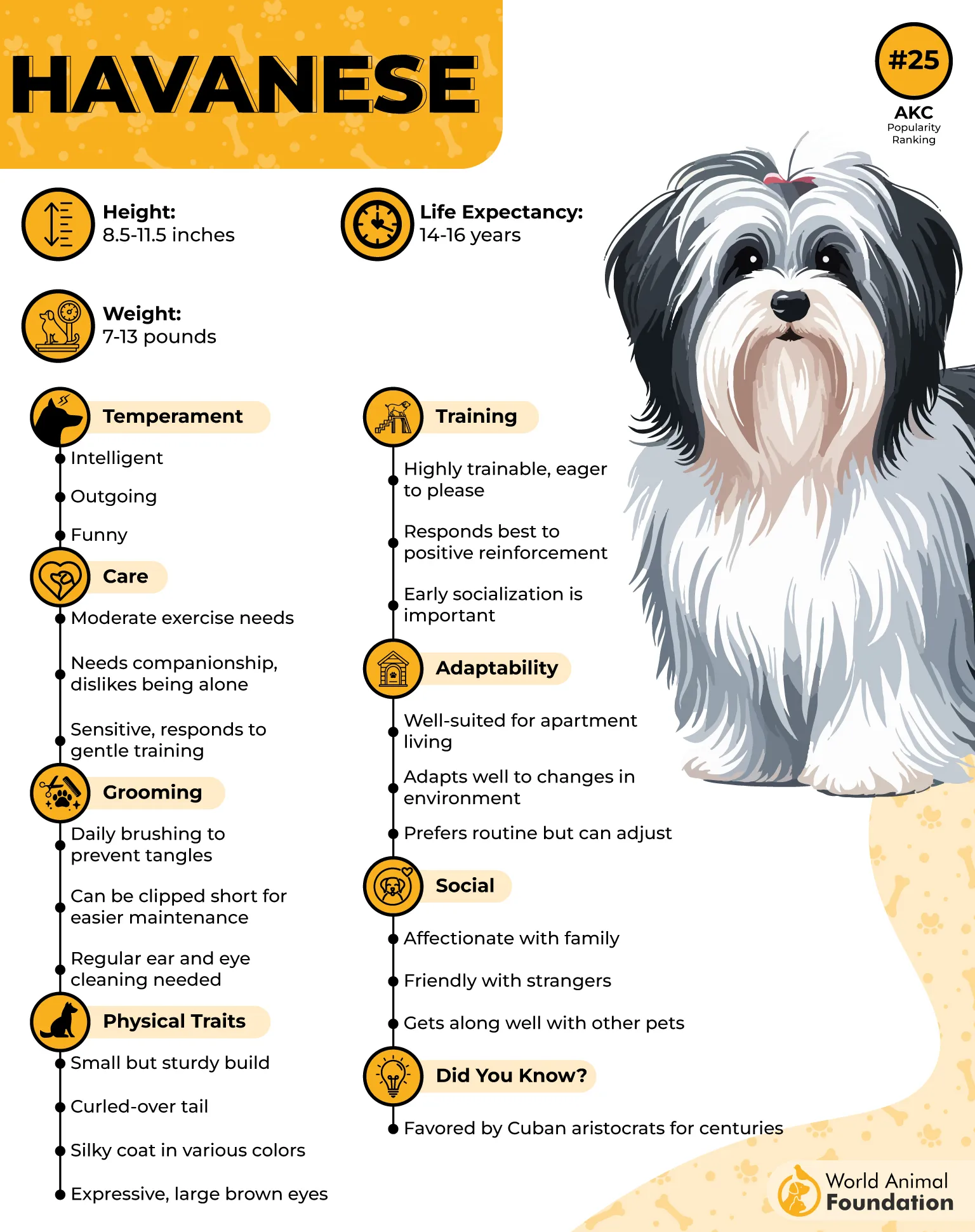
Indoor-Friendly Hygiene
Havanese are well-suited for apartment living because they don’t leave lingering pet odors on furniture or bedding, as per Pawlicy Advisor. Their coat stays relatively scent-free with light upkeep. Clean indoor habits paired with their size make them ideal for shared spaces.
Good for Sensitive Households
Due to their gentle coat and skin health, they’re less likely to trigger flare-ups in dogs with skin allergies. This adds to their reputation as a low-maintenance, odor-free breed. Their small size also means quicker drying and fewer lingering smells after walks.
5. Yorkshire Terrier
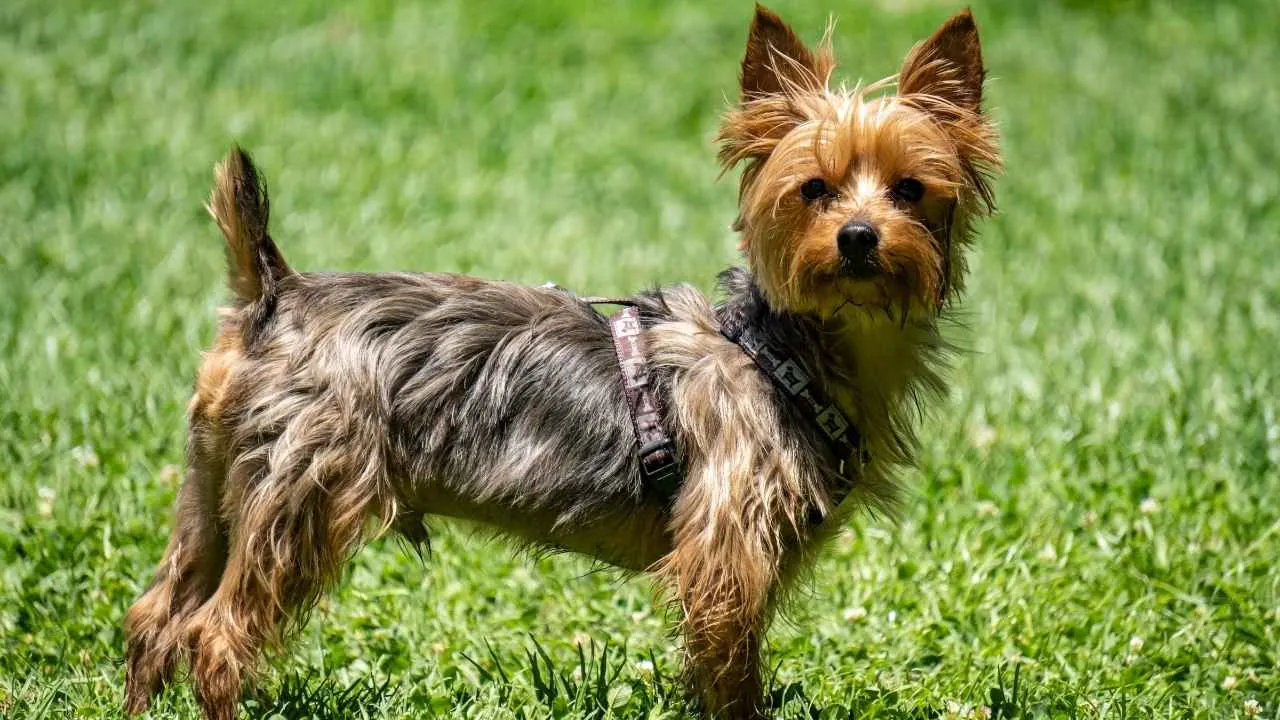
Yorkshire Terriers produce very little natural oil on their skin, which helps prevent odor from settling on the body. Their fine hair lacks the undercoat where dirt and smells often collect. This difference in coat structure makes them noticeably cleaner than most dogs.
Hair Texture and Cleanliness
They have a silky coat that closely resembles human hair in both texture and growth cycle. This reduces the chance of odor-causing buildup, especially in warmer climates. With regular brushing, their hair remains light and smooth without becoming greasy.

Suitable for Indoor Living
Their low-shedding nature means less dander and fewer airborne particles, keeping indoor air cleaner. This also makes them ideal for small living spaces with close human contact. Grooming routines are straightforward and manageable with minimal odor concerns.
After-Walk Freshness
Yorkies stay fresh longer after outdoor walks due to their coat’s resistance to absorbing debris. Their silky coat allows easy removal of dust or allergens with a simple wipe-down. This coat quality contributes to noticeably less odor between baths.
6. Bichon Frise
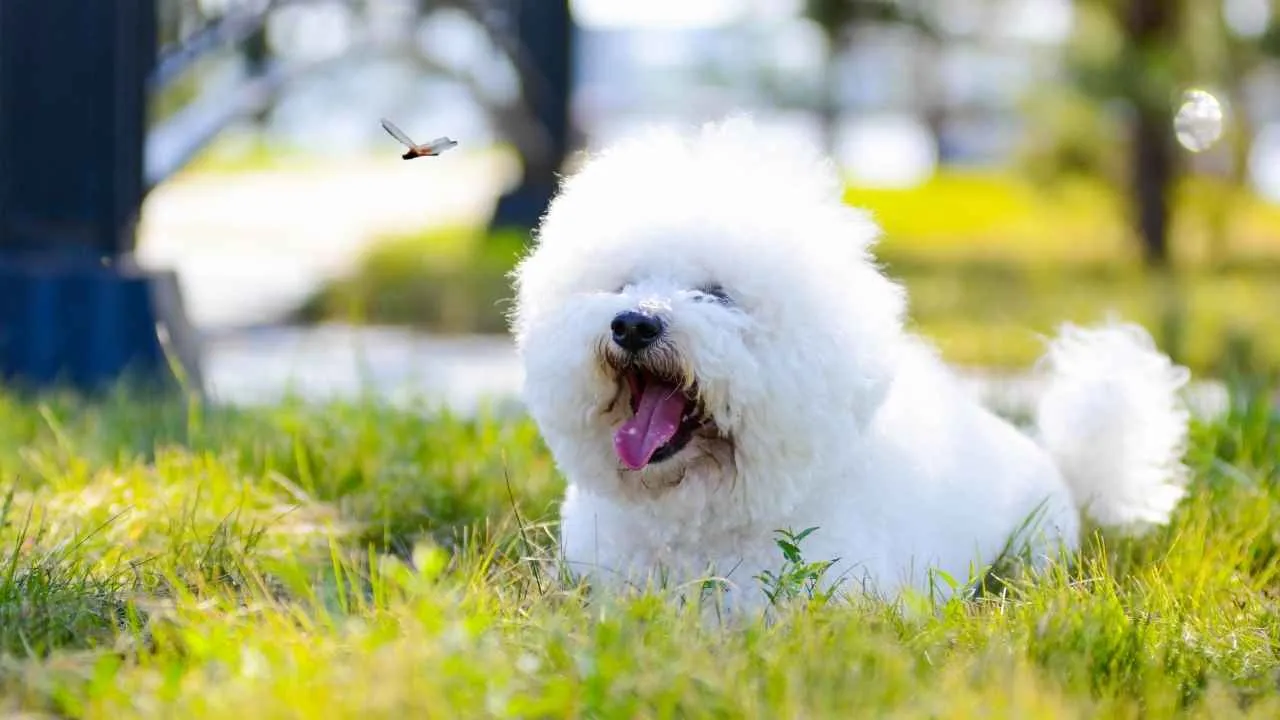
The Bichon’s coat doesn’t produce a strong odor because it lacks the dense oils that often cause a lingering smell. Its hair grows continuously and doesn’t trap dirt easily. This structure helps the breed stay fresh even between regular cleaning routines.
Consistent Skin Balance
The breed has low sebaceous activity, so it produces less oil that can collect on surfaces or bedding. Without excess oils, there’s minimal chance for bad odor to build. This is especially helpful in homes where cleanliness is a top priority.
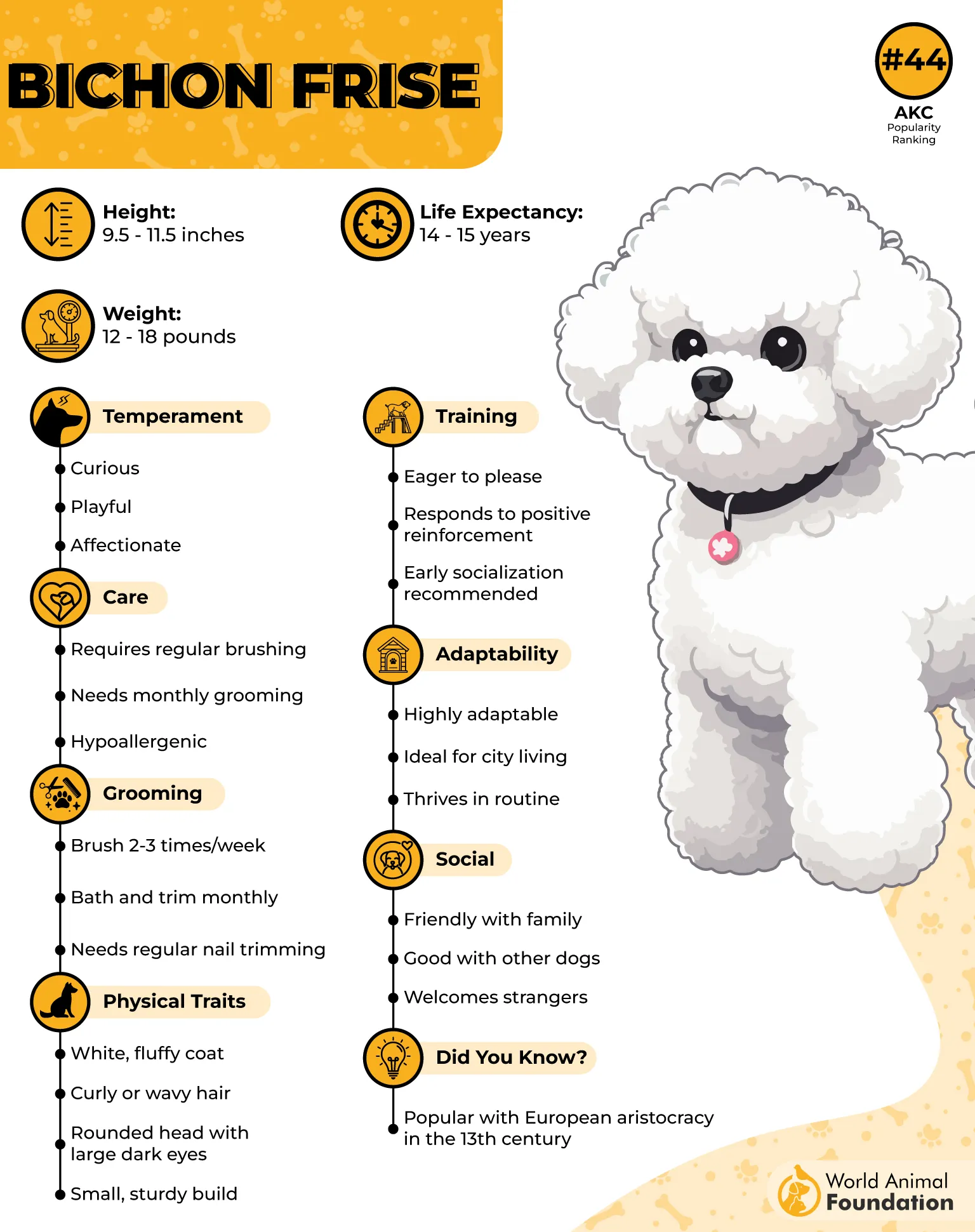
Allergy-Sensitive Suitability
Bichons are a great fit for people sensitive to indoor allergens due to low dander release. Their coat captures loose particles and keeps the environment clearer. These qualities are often linked to their positive reputation in hypoallergenic households.
Easy Maintenance with Grooming
Their grooming habits include frequent brushing and scheduled trims, which help keep odor-causing buildup under control. This routine also prevents mats that can trap moisture or bacteria. Owners who follow a set schedule usually notice no unpleasant smell at all.
7. Basenji
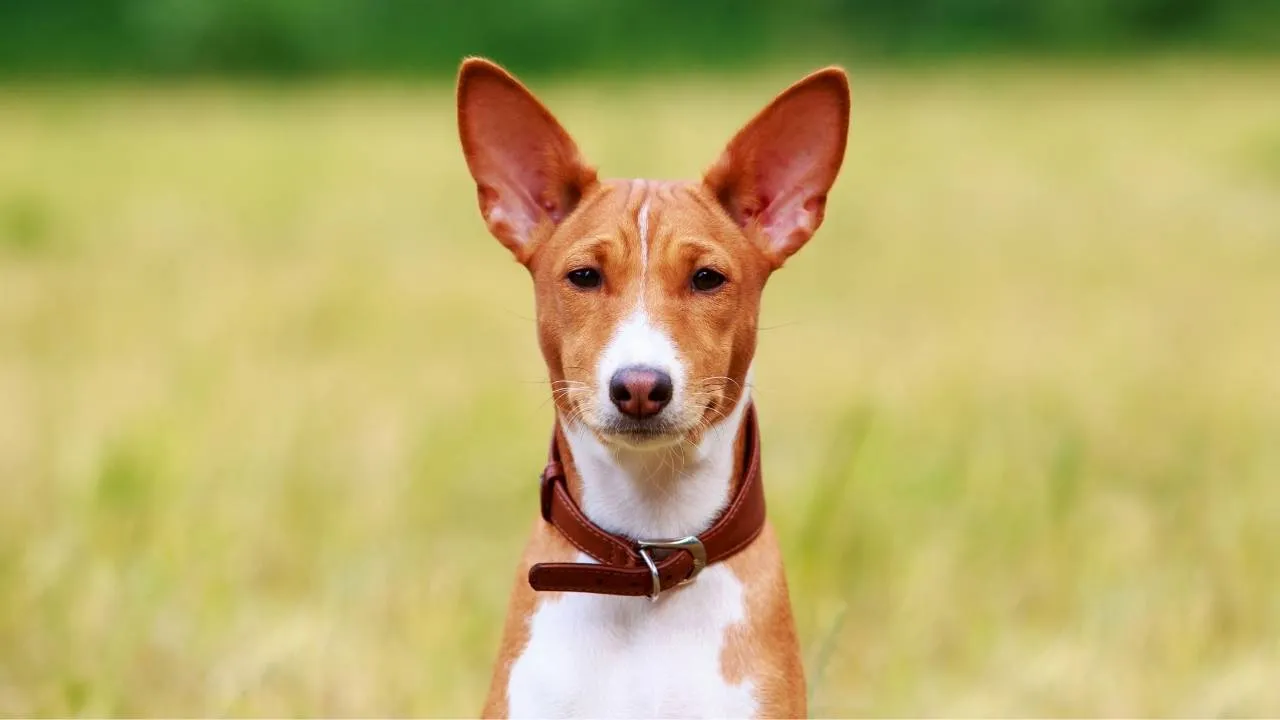
The Basenji’s short, fine coat does not trap oils and outdoor debris the way longer coats do. It requires less frequent washing without resulting in any foul odor. The breed has a reputation for staying noticeably fresh even between grooming sessions.
Self-Cleaning Behavior
This dog is known for cleaning itself regularly using cat-like grooming habits. Licking its coat and wiping its face are part of its daily routine. That built-in behavior significantly reduces external smell accumulation from dirt or sweat.

Minimal Shedding and Surface Residue
The coat sheds very little, which helps reduce the presence of lingering fur in the home. Their clean fur doesn’t leave behind greasy traces on furniture or fabrics. This combination of factors makes them easy to maintain indoors without smell issues.
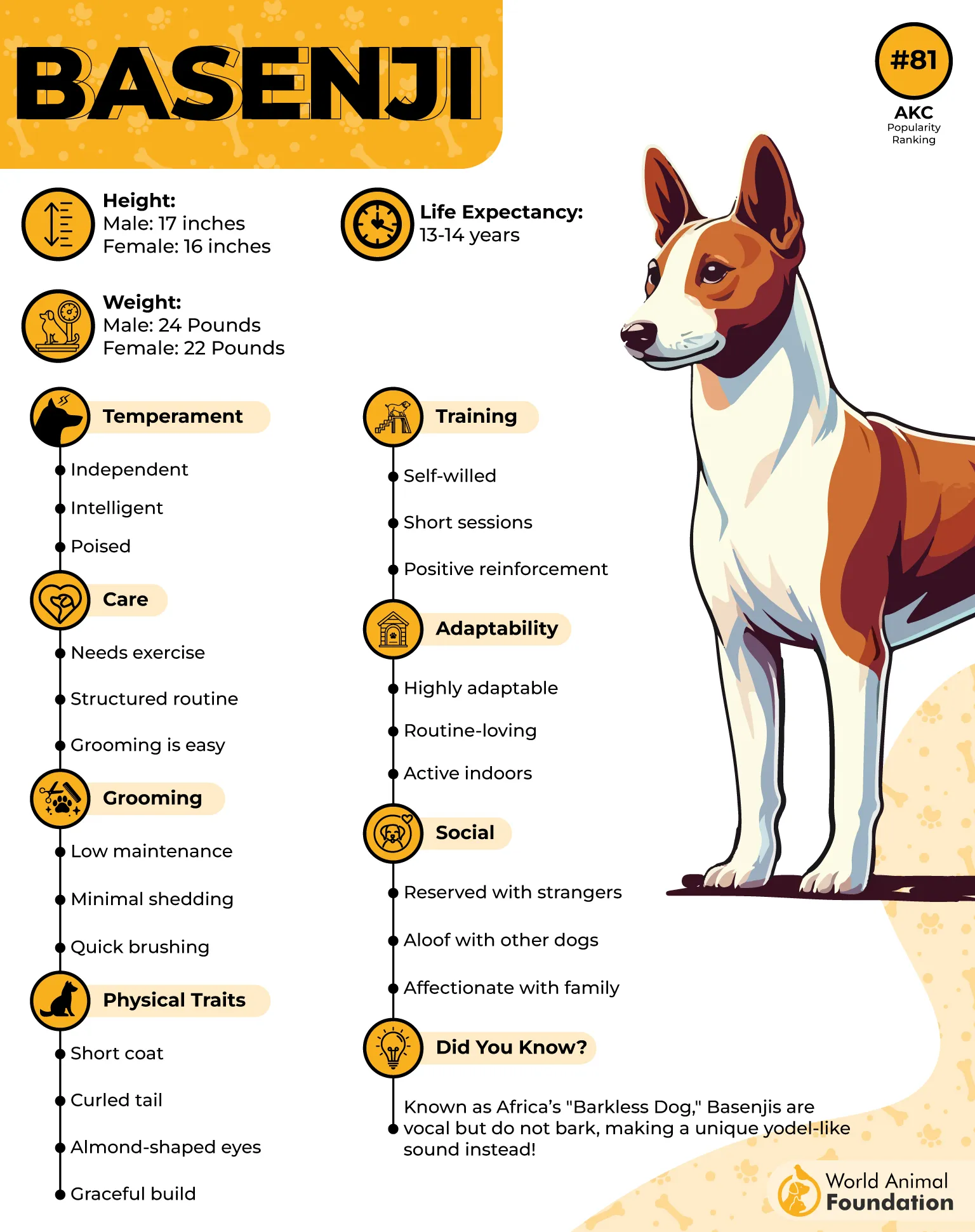
Clean Indoor Habits
Basenjis avoid muddy or wet areas and generally dislike walking through puddles or grime. Their preference for dry, clean surfaces translates into better hygiene at home. The reduced exposure to bacteria-ridden areas helps keep their coat odorless.
8. Whippet
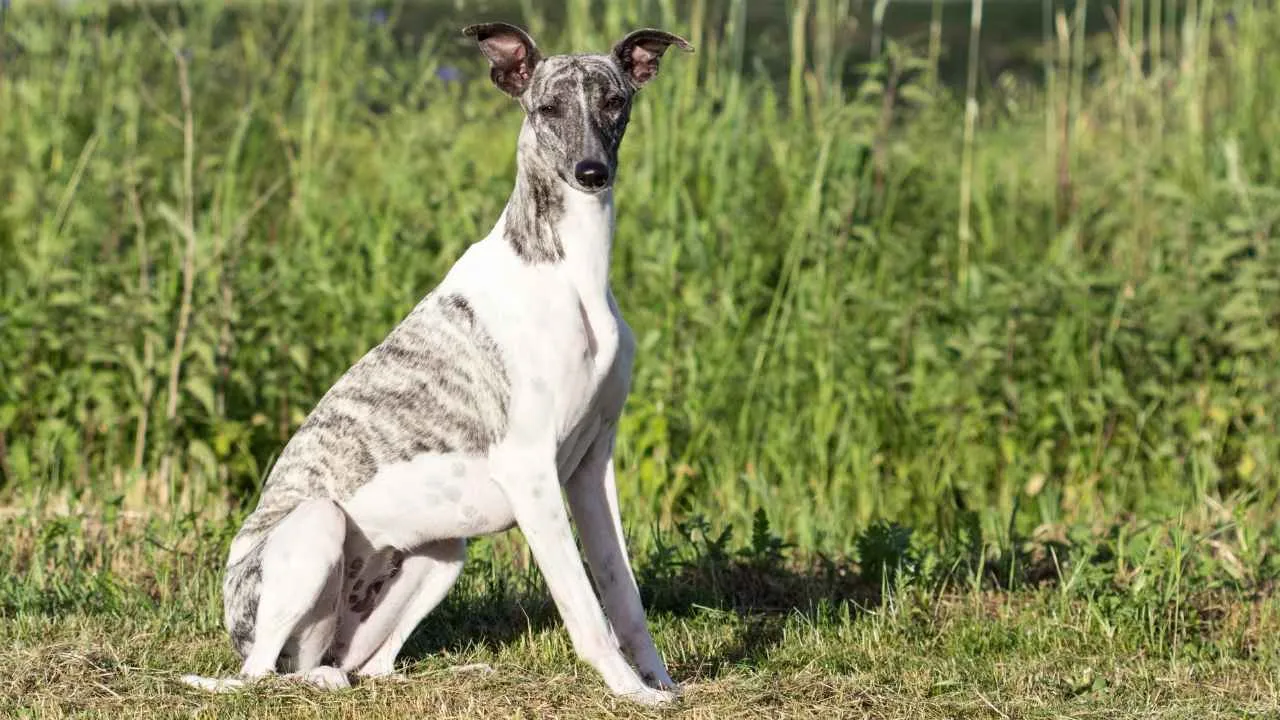
Whippets have smooth, short coats that produce very little body oil, lowering the chance of odor buildup. Their shedding is also light and consistent throughout the year. This makes them a cleaner choice for indoor living without needing frequent bathing.
Skin and Coat Cleanliness
With little to no undercoat, Whippets don’t trap dirt or moisture as easily as double-coated breeds. The skin remains breathable, reducing bacterial buildup that leads to smell. Their coats feel dry to the touch even after brief exposure to water.

Indoor Behavior and Hygiene
This breed prefers clean, soft resting areas and tends to avoid muddy or damp environments. Their calm indoor temperament contributes to less contact with odor-causing substances. Combined with low grooming needs, this keeps unpleasant smells to a minimum.
Post-Activity Maintenance
After exercise, Whippets are easy to clean with a towel or quick rinse, as their coat doesn’t hold grime. Their bodies cool off quickly, helping prevent moisture from lingering on the skin. This simplifies post-play cleanup, especially in warmer climates.
9. Chihuahua
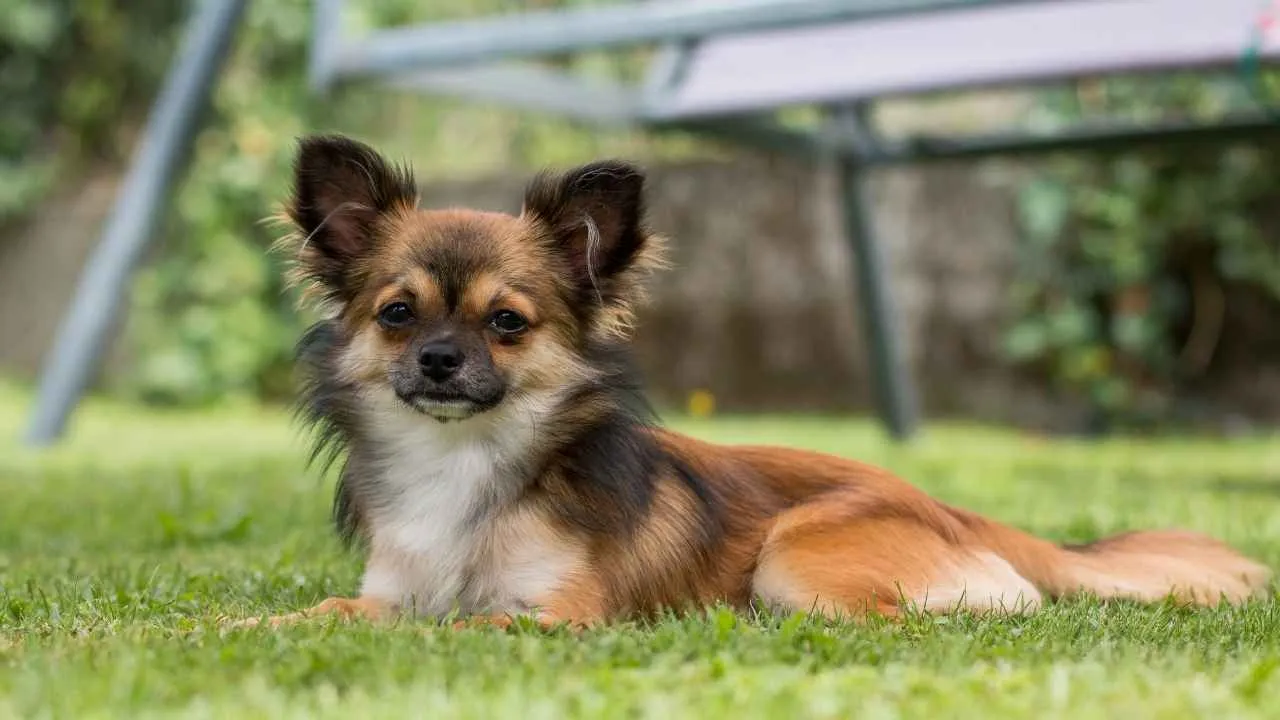
Chihuahuas produce less skin oil than many larger breeds, reducing odor buildup over time. Their coat stays relatively dry, even in humid environments. This limits the growth of odor-causing bacteria that thrive in warm, moist fur conditions.
Short Coat Advantage
The breed’s short, fine coat traps less dirt, dust, or outdoor debris during walks. That means fewer particles clinging to the body that might later cause a smell. It also dries off faster after baths or rain, leaving no lingering moisture on the skin.
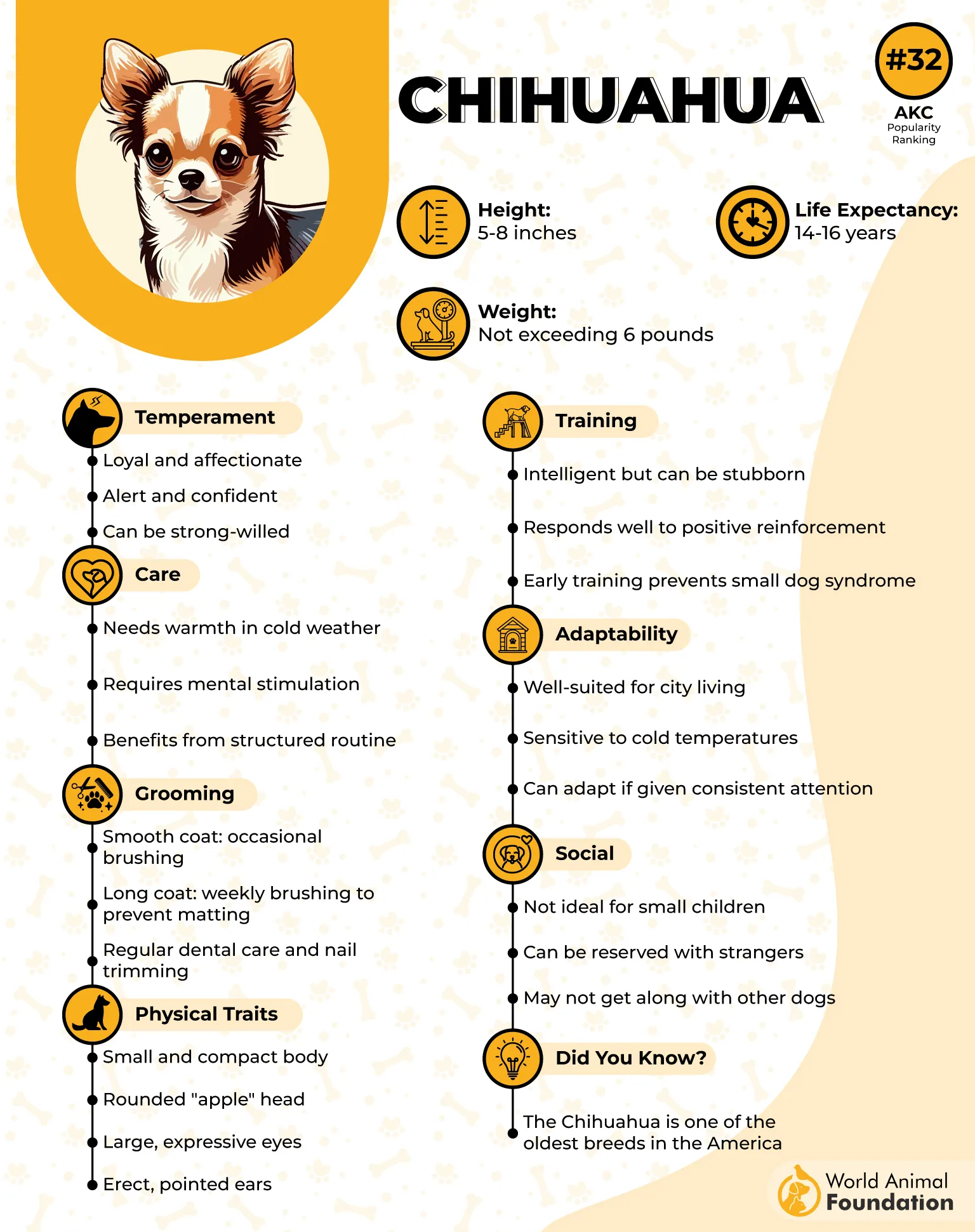
Compact Cleaning Ease
Chihuahuas are small enough that full-body grooming and rinsing take little time and effort. With fewer folds or dense fur pockets, there’s less chance of residue hiding in hard-to-reach areas. This simplicity helps maintain overall freshness without professional care.
Lower Saliva Spread
They don’t drool excessively, so there’s minimal saliva residue left on their coat or bedding. This reduces the mix of smells that can develop from dried saliva. The cleaner mouth-to-body connection keeps the surrounding environment more neutral.
Conclusion
Some dogs smell like a field trip through the mud. Others? They barely leave a trace. Odorless dog breeds like the Maltese or Italian Greyhound offer that clean presence many owners dream about.
If you’re sharing your space with the only dog breed you’ll ever own, it helps when they don’t carry around a strong scent. Some of these dogs were once hunting dogs or working companions, yet still manage to stay fresh with little upkeep. That means less risk of ear infections, less cleaning, and more time enjoying the moment.
Even allergic persons often find relief with these low-maintenance, low-odor companions. A few, like the Basenji, are dog breeds native to hot climates where hygiene was key to survival. Whether you want a calm lapdog or an energetic breed that still smells good after play, this list offers a clean choice for every kind of home.


